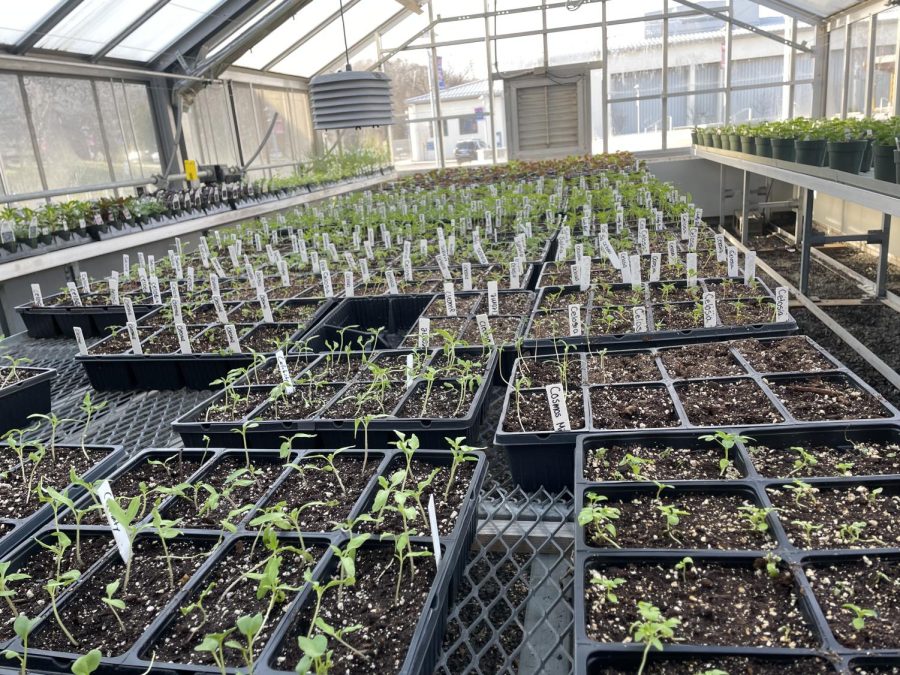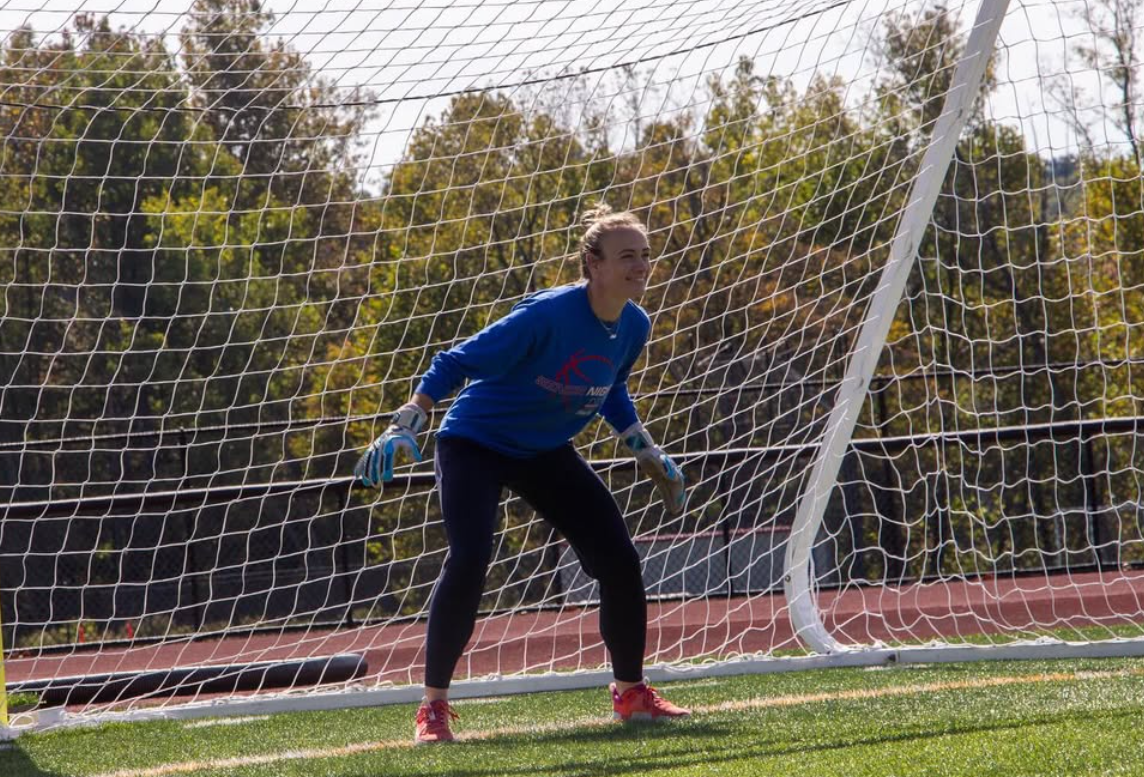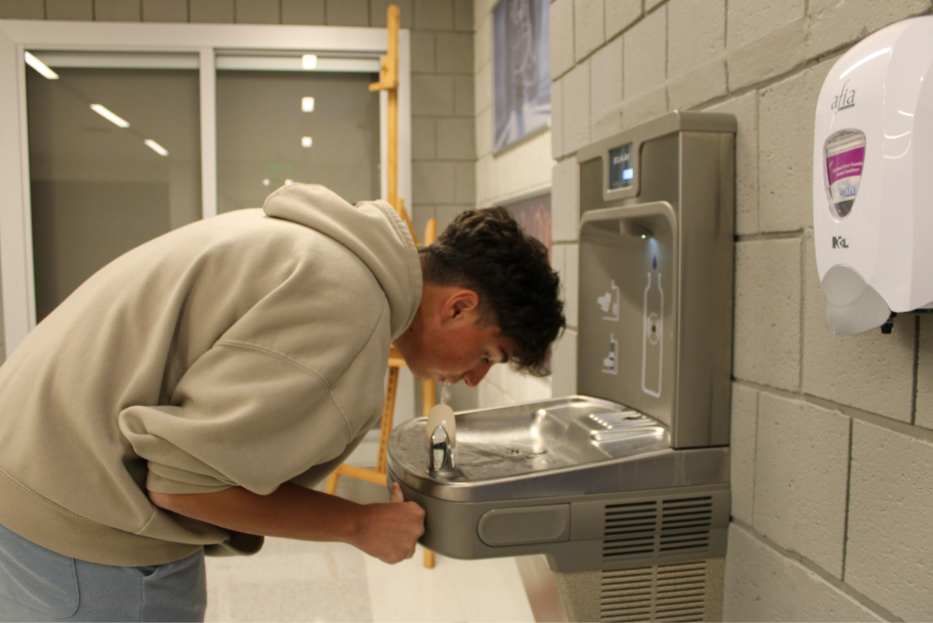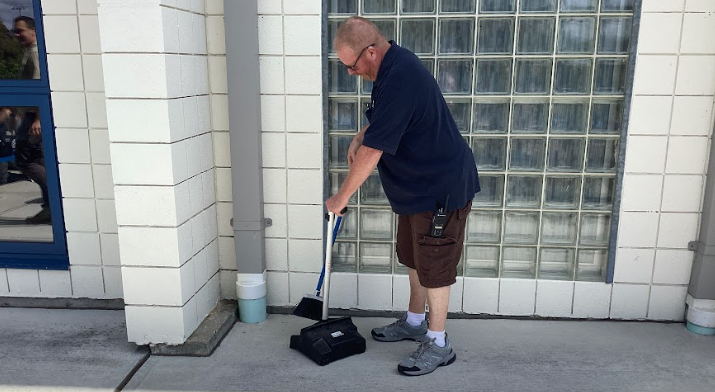Planting Seasons: Making the Most of our New England Climate
The NHS greenhouse #3 produces celery, flowers, and tomatoes for the Farm the Table class and the Woodbury Food Bank.
April 7, 2022
WOODBURY — As the warm weather finally starts to make its way up north, many farmers are getting ready to plant. Generations of farmers are tilling gardens, clearing brush, and starting seeds for greenhouses. When it comes to seeds, many farmers pick summer seeds such as cucumbers, tomatoes, beans, squash, peppers, berries, and a variety of leafy greens. These are some of the main summer vegetables, however when it comes to starting these as seeds first you have to get trays and pots.

Next, you have to find the soil you want to use. Many planters prefer a mineral-based soil such as PRO-MIX. After you decide which dirt you would like, you will want to start the seed in a smaller pot or individual tray for easier sprouting conditions.
The next step is especially vital: Fill the pot with your mix and follow the planting instructions as most seeds just require you to push your finger in the dirt and create a hole then drop your seed in the hole. Users should note that most seed packets have a specific seed depth that’s integral to planting conditions.
After your seed is placed in the hole, lightly fold the dirt into and over the hole covering the seed. Once the seed is planted in the dirt, you must add water to the dirt to make the seed grow, yet planters must be careful not to over water and drown the seed.
Once the seed is put in a smaller tray and watered, you have to put it in sunlight such as a window sill, greenhouse, etc. This exposure to the sun will allow the seed to sprout. For the seed to sprout, it can’t be too cold, and if it’s too hot, you need to keep watering it so it won’t wilt and die. After the seed sprouts, most farmers will turn the tray or pot around each day to make the plant grow straight because the heat of the sun tends to pull the plant toward the sun.
Planting in New England can be one of the hardest climates to produce crops because of delayed planting season and great fluctuations in weather patterns. These can include water bogs created by excessive rains, mud slides, hail storms, and other extreme weather. Our New England climate also proves to be a challenge due to its rocky soil which makes planting a challenge.
Despite these challenges, some of New England’s crops have proven to be the best tasting and most aesthetically pleasing in the country. The work may seem difficult but for local farmers, there’s tremendous gratification in providing food for your community.



















